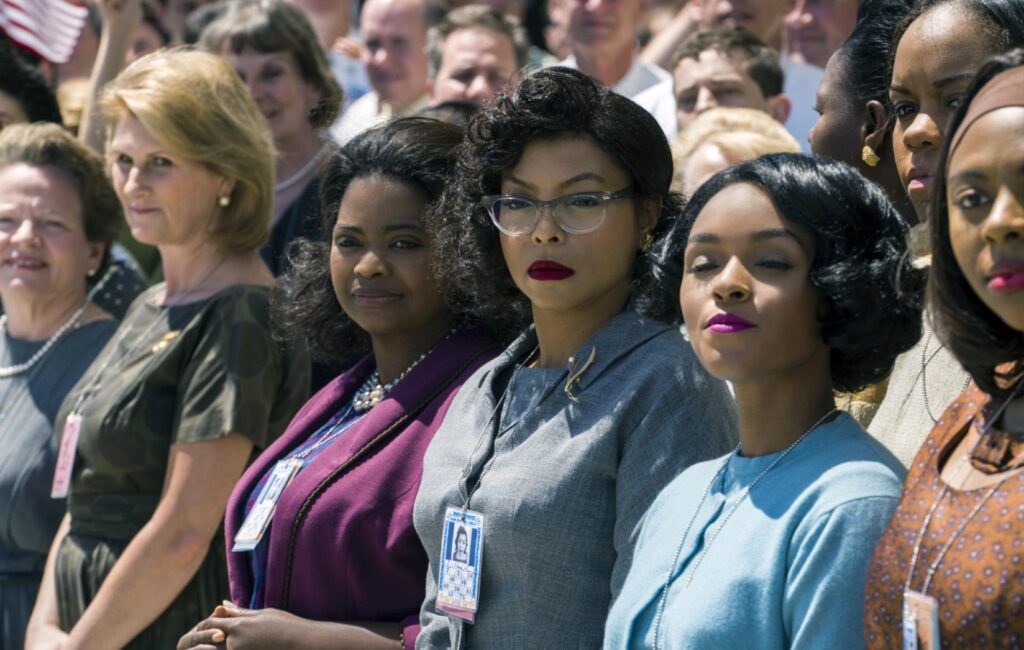BBFC tighten age rating rules over racist language in films
 Posted On
Posted On
The British Board of Film Classification (BBFC) has enforced tighter rules on the use of racist language in programming.
Following research into racism and discrimination in films and TV shows, the UK ratings body said content featuring the n-word will not be classified lower than 12A/12, outside of some mitigating factors.
An exception is if “there is a very clear and strong educational value” like a documentary with strong appeal to younger audiences.
Racist language in older films/series might also be considered for a PG rating if they are “contextually justified” and are not accompanied by violence or threat.

The BBFC conducted research with 70 participants intentionally over represented by a number of minority groups in order to understand the perception and impact of discriminatory content.
They were shown a variety of clips from films like Hidden Figures, Selma, Blinded By The Light and Breakfast At Tiffany’s, and then asked numerous questions about them.
The findings showed that people don’t think older films and TV shows necessarily need higher age ratings if they contain outdated behaviour or language, but they want to be warned about potentially offensive words or portrayals.
The research also found some people, particularly parents, believe there’s value in showing children examples of racism and discrimination to “prepare” them for the behaviour and attitudes they may experience or witness in real life. Some however wanted to shield their children from racism for as long as possible, with both sides pushing for content warnings.
David Austin, chief executive of the BBFC, said: “We must always assess the context in which content appears, especially with regards to the factors that may support a higher classification or help defend a lower one.
“Violent and threatening behaviour, or use of particularly offensive language, will always aggravate an instance of discriminatory or racist behaviour. However, clear condemnation, sympathy with the victims or a documentary or historical setting can all work to help frame the sequence and potentially give the content educational value for younger viewers.”


